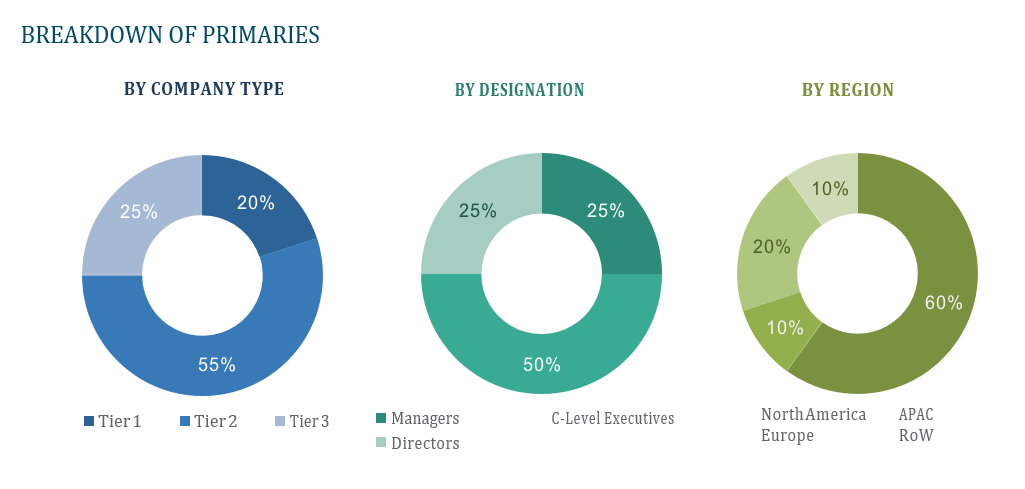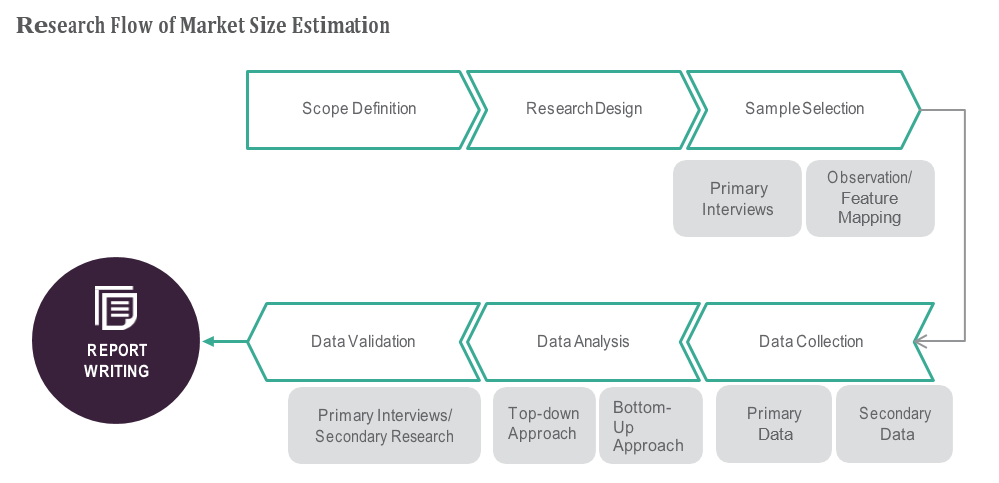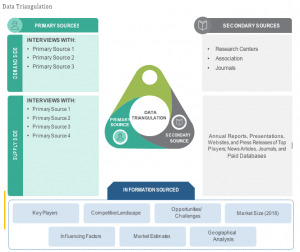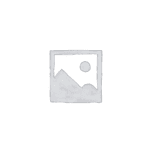OVERVIEW
The Flexible Foam Market is projected to experience substantial growth with its market valuation anticipated to increase from USD 37.6 billion in 2024 to an estimated USD 55.3 billion by 2029, reflecting a compound annual growth rate (CAGR) of 8.1% during the forecast period. Flexible foam is a versatile material known for its cushioning, insulation, and energy absorption properties. It is widely used in various applications, including furniture, automotive, packaging, bedding, and footwear, due to its lightweight and adaptable nature.
The market’s expansion is driven by the increasing demand for comfort and convenience in consumer products, advancements in foam production technologies, and the growing emphasis on sustainability and eco-friendly materials. The rising adoption of flexible foam in the furniture and automotive industries further bolsters market growth. However, challenges such as fluctuating raw material prices, stringent regulatory requirements, and the need for continuous innovation to meet evolving industry standards must be addressed to sustain market momentum.
Geographically, the Asia Pacific region dominates the flexible foam market due to its large manufacturing base, significant investments in consumer goods and automotive sectors, and a growing consumer market. North America and Europe also hold substantial market shares driven by technological advancements and strong demand for high-quality and sustainable foam products. However, the market faces challenges such as regulatory compliance, environmental sustainability, and the need for ongoing innovation to enhance performance and reduce costs.
Table of Content
Market Dynamics
Drivers:
The growth of the flexible foam market is primarily driven by the increasing demand for comfort and convenience in consumer products. As consumers seek enhanced comfort and ergonomic designs in their everyday products, flexible foam has become an essential material in furniture, bedding, and automotive seating. In the furniture industry, flexible foam is widely used in sofas, chairs, and mattresses to provide superior cushioning and support. Its ability to conform to body contours and distribute weight evenly enhances comfort and reduces pressure points. In the automotive industry, flexible foam is used in car seats, headrests, and armrests to improve passenger comfort and safety. The foam’s energy absorption properties also contribute to crash protection and noise reduction, enhancing the overall driving experience. This growing demand for comfort and convenience is a key driver of the flexible foam market.
Advancements in foam production technologies are also significant drivers of market growth. Innovations in chemical formulations and manufacturing processes, such as the development of high-resilience foams, memory foams, and eco-friendly foams, are enhancing the performance and versatility of flexible foam materials. High-resilience foams offer improved durability, elasticity, and comfort, making them ideal for high-end furniture and bedding applications. Memory foams, known for their viscoelastic properties, provide exceptional pressure relief and support, making them popular in mattresses and pillows. Eco-friendly foams, made from bio-based or recycled materials, offer sustainable alternatives to traditional polyurethane foams, aligning with the global trend towards sustainability. These technological advancements are driving the demand for high-quality flexible foam in various consumer and industrial applications.
The growing emphasis on sustainability and eco-friendly materials is another key driver for the market. With increasing awareness of the environmental impact of traditional foam production and disposal, industries are adopting practices that promote the use of sustainable and recyclable materials. Flexible foam made from bio-based polyols, recycled content, and low-VOC (volatile organic compounds) formulations addresses environmental concerns and meets regulatory requirements for reduced emissions and waste. The use of eco-friendly foams in applications such as furniture, automotive, and packaging helps reduce the carbon footprint and promote a circular economy. This growing focus on sustainability and eco-friendly materials is further propelling the demand for flexible foam.
Key Opportunities :
The flexible foam market presents numerous opportunities for growth and innovation, particularly in the development of advanced formulations and sustainable production methods. The increasing focus on environmental sustainability and the need to reduce the environmental impact of foam production are driving research and development efforts towards eco-friendly foam products. The development and commercialization of bio-based foams, advanced recycling technologies, and high-performance formulations present significant growth opportunities. These sustainable alternatives offer comparable or improved performance to traditional flexible foams while minimizing environmental impact, making them attractive options for various consumer and industrial applications.
The expansion of the flexible foam market into emerging economies offers significant growth potential. Rapid urbanization, industrialization, and increasing disposable incomes in countries such as China, India, Brazil, and South Africa are driving the demand for high-quality foam products in furniture, automotive, and packaging sectors. The rising consumer awareness of product quality and sustainability, coupled with the preference for advanced foam technologies in these regions, is also contributing to the growth of the market. Manufacturers have the opportunity to tap into these growing markets by offering cost-effective, high-performance flexible foam products that meet the specific needs and regulatory requirements of emerging economies.
The increasing focus on digitalization and advanced manufacturing techniques offers promising prospects for the flexible foam market. The adoption of advanced manufacturing technologies such as precision foam cutting, real-time monitoring, and automation is driving the demand for foam products with precise application properties and enhanced performance characteristics. The development of smart foams with sensors and connectivity features is also enabling real-time monitoring and optimization of foam performance. The integration of digital technologies in foam manufacturing and application processes is expected to enhance production efficiency, reduce waste, and improve product quality, further driving market growth.
Restraints :
Fluctuating raw material prices are a significant restraint for the market. The production of high-quality flexible foam relies on the availability of raw materials such as polyols and isocyanates, which can be affected by supply chain disruptions, market volatility, and geopolitical factors. Variability in the supply of raw materials can impact the production and cost of foam products, posing challenges for manufacturers in maintaining consistent supply and meeting market demand. Manufacturers must invest in supply chain management and develop strategies to ensure a reliable and sustainable supply of raw materials.
Regulatory bodies in various regions, particularly in Europe and North America, have established strict guidelines and standards for the use of foam materials to ensure safety and environmental protection. Compliance with these regulations requires extensive testing, certification, and investment in sustainable practices, which can be time-consuming and costly. Any changes in regulatory policies or the introduction of new standards can create uncertainty and disrupt market dynamics.
Environmental concerns related to the production and disposal of foam materials also present challenges for the market. The production of flexible foam involves processes that can generate waste and emissions, posing environmental and health risks. Additionally, the disposal of foam products at the end of their life cycle poses challenges related to waste management and recycling. The increasing regulatory scrutiny on the environmental impact of foam production and the growing demand for sustainable products necessitate the development of more eco-friendly production practices. Manufacturers must invest in research and development to create advanced formulations and production methods that meet regulatory standards and address environmental concerns.
Regional Information:
• North America
North America remains a significant market for flexible foam, characterized by advanced technological innovation, a mature industrial base, and strong consumer demand for high-quality and sustainable foam products. The region’s robust regulatory framework and increasing investments in sustainable industrial practices drive market growth. However, competition from traditional foam materials and the need for skilled labor pose challenges, requiring continuous innovation and cost-reduction strategies.
• Europe
Europe leads in the adoption of sustainable and environmentally friendly industrial practices, driven by stringent environmental regulations, strong governmental support, and high consumer awareness. The region’s commitment to reducing carbon emissions and enhancing industrial efficiency fuels the demand for advanced flexible foam solutions. However, economic uncertainties and the need for technological advancements necessitate strategic planning and risk management to navigate the market landscape effectively.
• Asia Pacific
The Asia Pacific region is expected to witness the highest growth rate in the flexible foam market due to rapid urbanization, significant investments in consumer goods and automotive sectors, and a growing consumer market. Countries like China, India, and Japan are investing heavily in advanced foam technologies and sustainable solutions, driving the demand for high-performance flexible foam products.
Recent Developments:
• In Dec 2023, Woodbridge entered into a joint venture (JV) with TM Automotive Seating Systems. The JV, to be called TMWB Foam Private Limited, will focus on delivering innovative seating systems to commercial vehicle manufacturers and buses.
• In October 2022, BASF established its new Polyurethane Application Development Laboratory in Mumbai, India. The new lab will house state-of-the-art applications equipment in an approximately 2,000 sq meter space. To be inaugurated in 2024, the lab will strengthen collaboration with Indian customers from high-growth industries, including consumer appliances, construction, footwear, furniture, and transportation.
Key Market Players:
Covestro AG, Huntsman Corporation, and Recticel NV.
Frequently Asked Questions
1) What is the projected market value of the Flexible Foam Market?
The Flexible Foam Market is expected to reach an estimated value of USD 55.3 billion in revenue by 2029.
2) What is the estimated CAGR of the Flexible Foam Market over the 2024 to 2029 forecast period?
– The CAGR is estimated to be 8.1% for the Flexible Foam Market over the 2024 to 2029.
3) Who are the key players in the Flexible Foam Market?
– Covestro AG, Huntsman Corporation, and Recticel NV.
4) What are the drivers for the Flexible Foam Market?
– The primary drivers for the Flexible Foam Market include the increasing demand for comfort and convenience in consumer products, advancements in foam production technologies, and the growing emphasis on sustainability and eco-friendly materials. Flexible foam is widely used in various applications, including furniture, automotive, packaging, bedding, and footwear, due to its cushioning, insulation, and energy absorption properties. The rising adoption of these foam products in the furniture and automotive industries further drives market growth.
5) What are the restraints and challenges in the Flexible Foam Market?
– The Flexible Foam Market faces several challenges, including fluctuating raw material prices, regulatory compliance, and environmental concerns. The production of high-quality foam relies on the availability of raw materials, such as polyols and isocyanates, which can be affected by supply chain disruptions and market volatility. Regulatory bodies have established strict guidelines for the use of foam materials to ensure safety and environmental protection, requiring extensive testing and certification. Environmental concerns related to the production and disposal of foam materials also necessitate the development of eco-friendly practices. Overcoming these challenges through continuous innovation and investment in sustainable solutions is crucial for the market’s growth.
6) What are the key applications and offerings of the Flexible Foam Market?
– Flexible foam is widely used in various applications, including furniture, automotive, packaging, bedding, and footwear, due to its cushioning, insulation, and energy absorption properties. Key applications include cushioning and support in furniture and bedding, noise reduction and energy absorption in automotive interiors, and protective packaging for delicate products. The development of advanced foam formulations and sustainable production methods further enhances the performance and environmental sustainability of these products. The adoption of smart foams with real-time monitoring capabilities is also driving advancements in foam technology.
7) Which region is expected to drive the market for the forecast period?
– Asia pacific is expected to have the highest market growth from 2024 to 2029
Why Choose Us?
Insights into Market Trends: Global Market Studies reports provide valuable insights into market trends, including market size, segmentation, growth drivers, and market dynamics. This information helps clients make strategic decisions, such as product development, market positioning, and marketing strategies.
Competitor Analysis: Our reports provide detailed information about competitors, including their market share, product offerings, pricing, and competitive strategies. This data can be used to inform competitive strategies and to identify opportunities for growth and expansion.
Industry Forecasts: Our reports provide industry forecasts, which will inform your business strategies, such as investment decisions, production planning, and workforce planning. These forecasts can help you to prepare for future trends and to take advantage of growth opportunities.
Access to Industry Experts: Our solutions include contributions from industry experts, including analysts, consultants, and subject matter experts. This access to expert insights can be valuable for you to understand the market.
Time and Cost Savings: Our team at Global Market Studies can save you time and reduce the cost of conducting market research by providing comprehensive and up-to-date information in a single report, avoiding the need for additional market research efforts.










